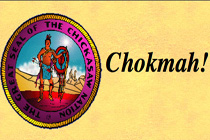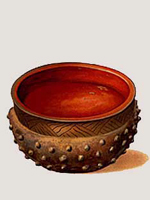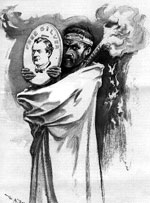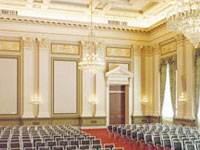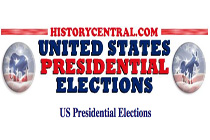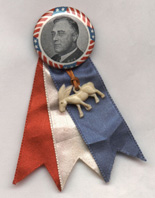Indian Peoples of the Northern Great Plains

These 685 items represent 27 current and former American Indian tribes of the Northern Great Plains and cover a period from 1870 to 1954. Most of the materials are photographs with identifying text. The collection also includes stereographs, ledger drawings, and other sketches.
Users can view three unique collections. The Barstow Ledger Drawing Collection offers 66 Crow and Gros Ventre drawings from the late 19th century. A portfolio entitled Blackfeet Indian Tipis, Design and Legend includes 26 works and an introductory essay. Another collection offers treaties with the Assiniboine, Blackfeet, and North Piegan tribes from 1874 and 1875.
Searching is available by subject, date, location, name, tribe, collection, and artist or photographer. This valuable site documents folkways, material culture, and the history of American Indians from the Northern Great Plains region.


